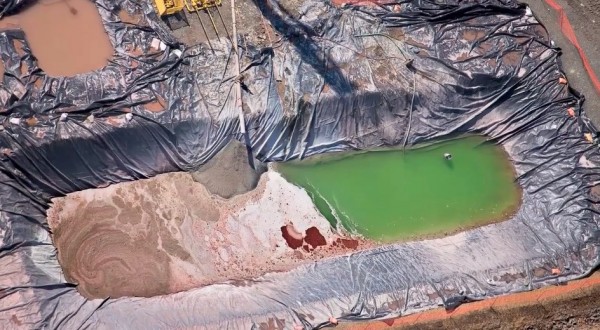 Freecycle is a fantastic resource for getting rid of items still in usable condition that you don’t want any more … and for getting free items that could be in great condition – or even new. It’s like a hand-me-down exchange you share with everyone in your community. You can use Freecycle just once or several times a day.
Freecycle is a fantastic resource for getting rid of items still in usable condition that you don’t want any more … and for getting free items that could be in great condition – or even new. It’s like a hand-me-down exchange you share with everyone in your community. You can use Freecycle just once or several times a day.
There are only a few rules in the overall Freecycle community, but individual groups may have extra rules of their own. Pay careful attention, as violations can lead to members being censored or even, banned. The most important rule is that everything exchanged on Freecycle must be free.
Use Freecycle to
- Post items you want to give away
- Ask for items you want or need – anything from a cars to a scarf
- Request an item someone else has posted (by sending a reply to the poster)
Get started by:
Visiting the Freecycle.org website. Look for a group in your area and join it. You can view new messages and post them via email, or by visiting your group’s web page.
Good items get snatched up pretty quickly in active groups, so when you’re in receive mode it makes sense to sign up to for email notifications. The volume of posts might be heavy, but you’ll see them quicker. When you’re no longer actively looking to receive items, change your group preference to read new posts on-line instead of via email.
Respond ASAP directly to the poster when you see an item you want. Don’t feel shy about sharing a bit of information about why you want it, but send your reply quickly.
Answer with the information the poster requests
Also, be sure to honor the request of posters when they ask for specific information to be included with replies. The intent of Freecycle is simply to keep good items out of landfills, thereby cutting down on waste. But, posters are free to choose recipients for their items and some want them going to individuals who will make personal use of them.
That’s why some posters set up simple tests to distinguish replies intentionally sent by people from those sent by autoresponders – apps set up by people who request every item posted and sell the most valuable ones they receive. The test question might be your phone number, or it might ask for the sum of 2 numbers: simple information humans will have no trouble providing but autoresponders are not able to process.
Most posters will also want to know when you plan to pick up an item.
Freecycling is a community activity and helps the environment
I’ve been using Freecycle for several years and have given away a TV, two beds, curtains, a wheelbarrow, two Razor scooters, a moped (in need of repair), decorative pillows and many other items. I’ve received an almost-new computer tower, perfumes, clothing, DVDs, a bike, an awesome pair of Van sneakers that an older teen outgrew, a huge toy box we converted into a laundry holder and some other great stuff.
It’s excellent for the environment to gift items instead of throwing them out, and it’s nice to be part of a community of people who believe this is an important activity. I hope you’ll become a Freecycle convert too and if you do, maybe I’ll see you on the Bergen County, NJ Freecycle Group.
Happy Freecycling!
 I was just reading a fact sheet on the contributions that Aichi (Japan) Biodiversity Targets can make to land-based climate mitigation. My son Ivan Wei brought it back from COP21 – the Paris climate talks that happened in December 2015. It brought out some quite interesting points:
I was just reading a fact sheet on the contributions that Aichi (Japan) Biodiversity Targets can make to land-based climate mitigation. My son Ivan Wei brought it back from COP21 – the Paris climate talks that happened in December 2015. It brought out some quite interesting points:










 Freecycle
Freecycle